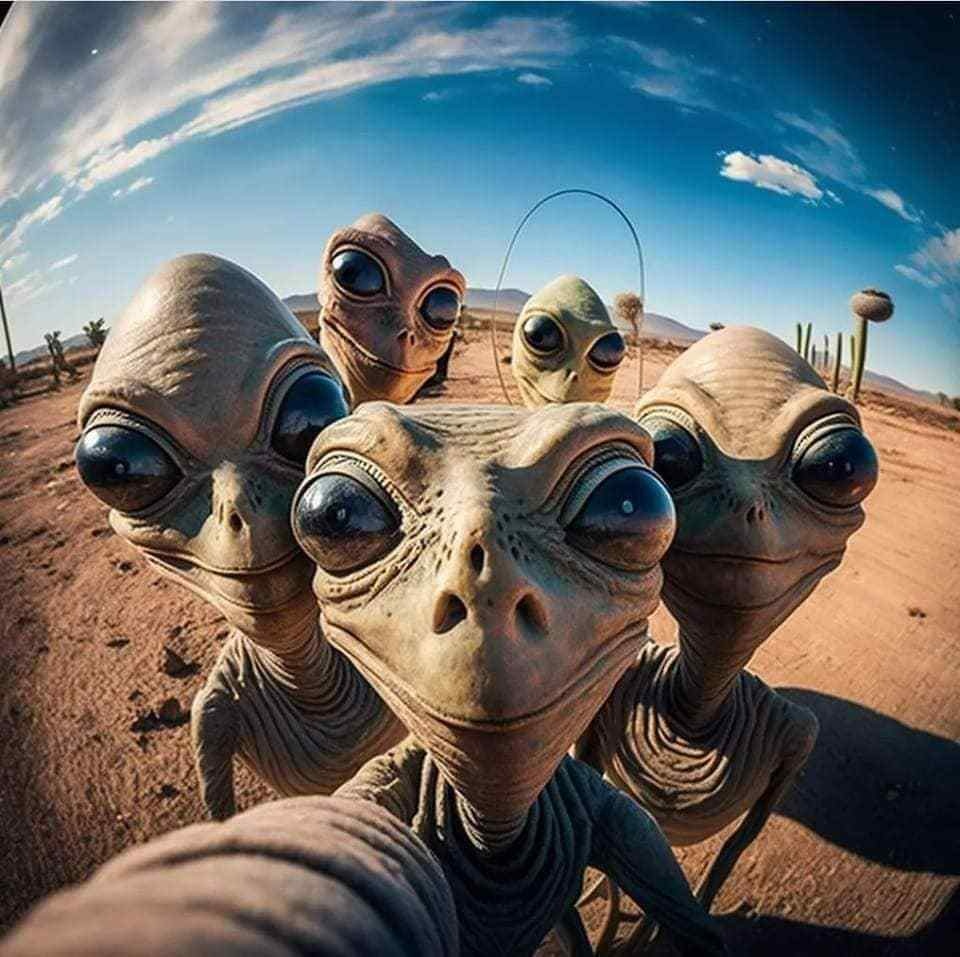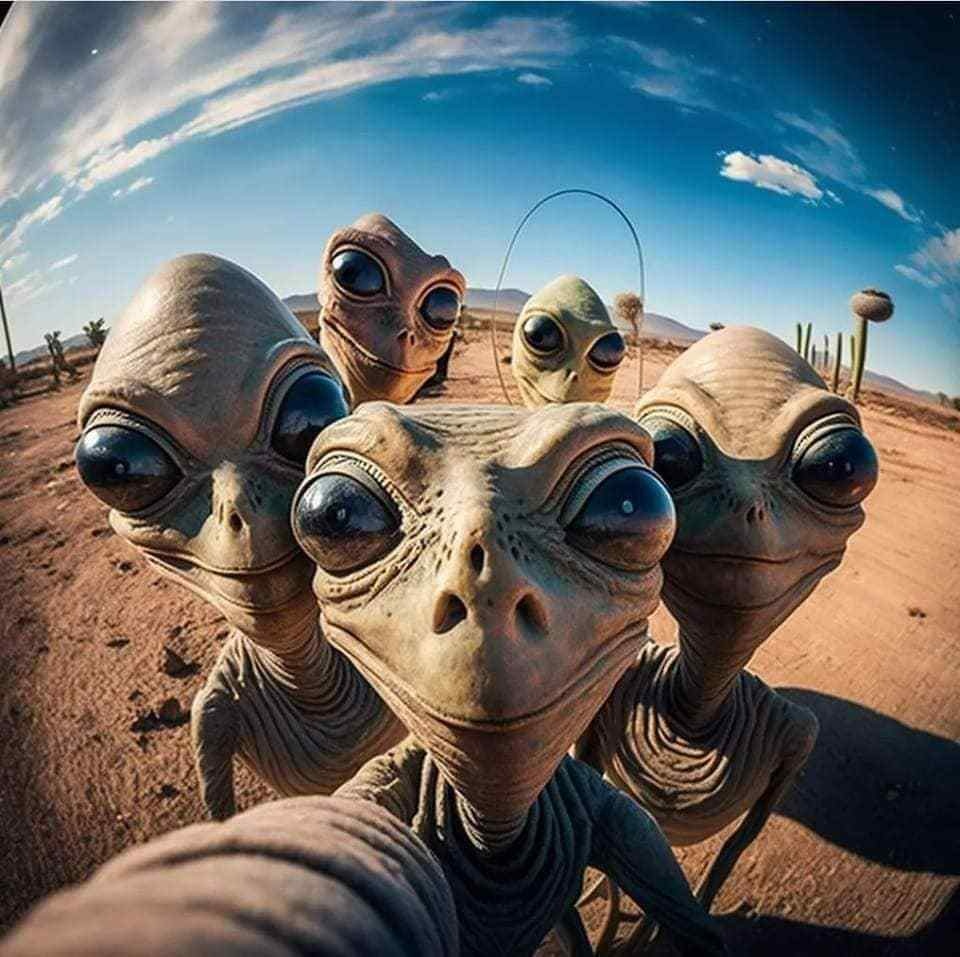Throughout history, humanity has been captivated by the mysteries of the unknown, often pondering the existence of beings beyond our earthly realm. From ancient civilizations to modern-day enthusiasts, the question of extraterrestrial life has sparked endless curiosity and speculation. Have you ever found yourself gazing up at the stars, wondering what other forms of life might exist in the vast expanse of the universe? Have you ever imagined what they would look like? In this article, we explore the fascinating realm of extraterrestrial beings and invite you to delve into the realm of imagination as we contemplate their potential appearances.

The Diversity of Life: On Earth alone, life exists in an astonishing array of forms, from microscopic organisms to towering giants, spanning a spectrum of shapes, sizes, and colors. From the depths of the ocean to the highest mountaintops, life has adapted and thrived in the most unlikely of environments, showcasing the incredible diversity and resilience of living organisms. When contemplating extraterrestrial life, it stands to reason that beings from other planets may exhibit a similarly diverse range of characteristics, shaped by the unique conditions of their respective environments.
Imagining Extraterrestrial Forms: The human imagination knows no bounds when it comes to envisioning the appearance of extraterrestrial beings. Science fiction literature, film, and art have long depicted a myriad of alien species, ranging from humanoid creatures with familiar features to bizarre and otherworldly entities beyond our wildest imagination. Some imagine intelligent extraterrestrial civilizations resembling humans in form, albeit with subtle variations such as elongated limbs, larger eyes, or distinct skin textures. Others envision entirely alien physiologies, with shapes and structures unlike anything found on Earth.
Considering Evolutionary Factors: In contemplating the potential appearance of extraterrestrial life, it is essential to consider the role of evolutionary processes in shaping biological forms. On Earth, the diversity of life has arisen through millions of years of natural selection, adaptation, and genetic variation. Extraterrestrial beings may undergo similar evolutionary processes, albeit under different environmental conditions and selection pressures. Factors such as gravity, atmosphere composition, and available resources would likely influence the anatomical features and physical characteristics of alien life forms.
The Search for Extraterrestrial Life: While the question of what extraterrestrial beings might look like remains a subject of speculation and imagination, scientists continue to search for signs of life beyond our solar system. Through initiatives such as the Search for Extraterrestrial Intelligence (SETI) and missions to explore distant exoplanets, researchers are working tirelessly to unravel the mysteries of the cosmos and unlock the secrets of potential alien civilizations. With advances in technology and our understanding of the universe, the possibility of discovering extraterrestrial life grows ever closer.
As we gaze up at the stars and ponder the vastness of the cosmos, the question of what extraterrestrial beings might look like invites us to explore the boundless realms of imagination and curiosity. From humanoid creatures to incomprehensible entities, the potential forms of alien life are limited only by the depths of our creativity. While the search for extraterrestrial life continues to captivate the minds of scientists and enthusiasts alike, the exploration of this fascinating frontier reminds us of the infinite possibilities that await us in the great unknown.




